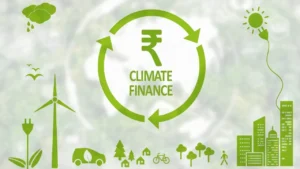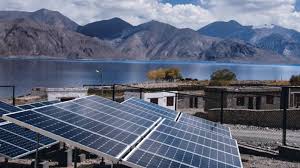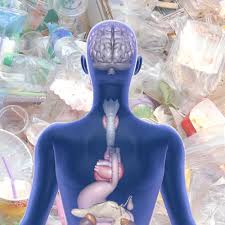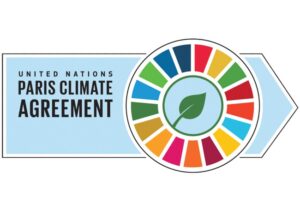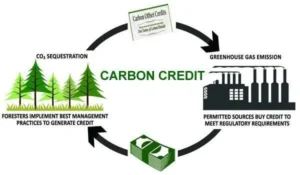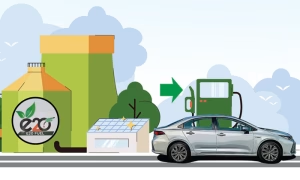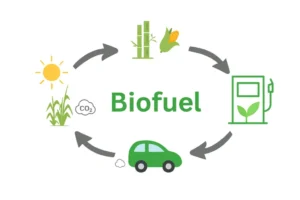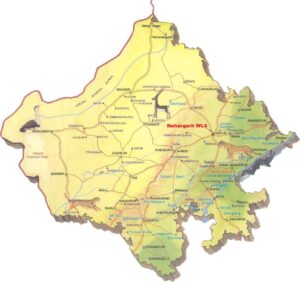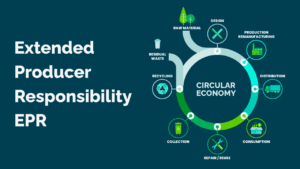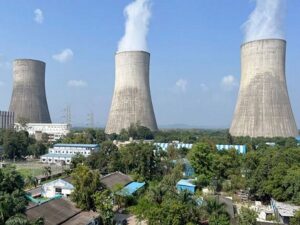Skip to content
India’s Draft Climate Finance Taxonomy
Energy Conservation Act, 2001
India’s Mega Renewable Energy Park in Ladakh
Plastic Pollution and Human Health
Article 6 of the Paris Agreement
Carbon Credit Trading Scheme (CCTS)
Impact of Ethanol Blending in India
Addressing Ethanol Blending Challenges
Sulphur Dioxide (SO₂) Emissions in India
Matri Van Initiative under ‘Ek Ped Maa Ke Naam’
Redrawing Boundaries of Nahargarh Wildlife Sanctuary
Extended Producer Responsibility (EPR)
Bird Mortality Crisis in India’s Wind Energy Sector
NCAP 2.0 & Industrial Pollution
Plastic Industry Manipulation & Waste Management in India
India’s First Hydrogen-powered Driving Power Car
India’s 100 GW Nuclear Energy Target
Indoor Air Pollution in India
World Bank Report on Urban Climate Resilience
Neelakurinji (Strobilanthes kunthiana)
